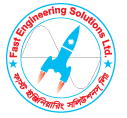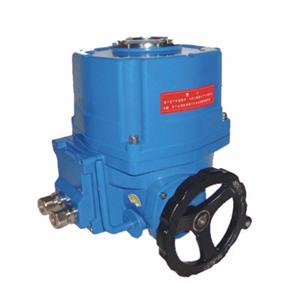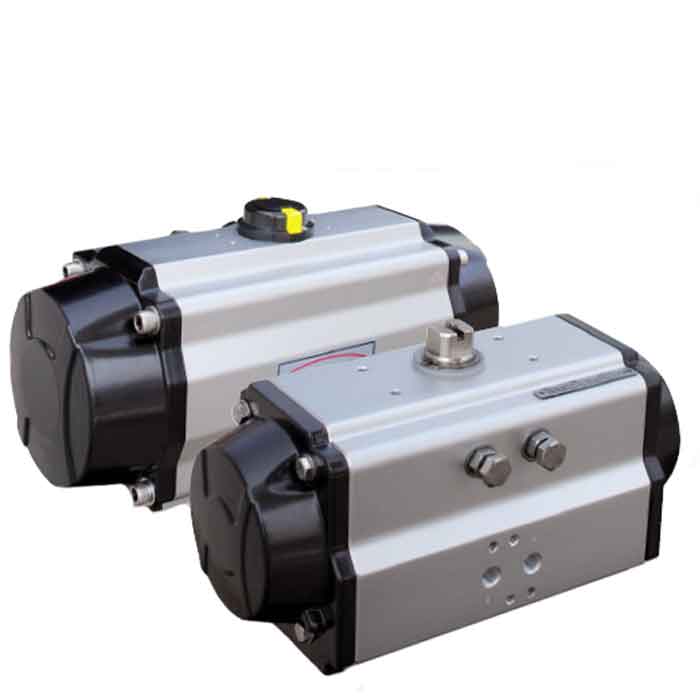The actuator is a mechanical or electro-mechanical device which is used to offer controlled, positioning and sometimes limited movements which are functioned manually, electrically, or by a variety of fluids like air, hydraulic, etc. The two necessary motions are rotary and linear, where linear actuators vary the power into straight line motions, normal for positioning electrical actuator applications, and generally, have two tasks namely push and pull.
ELECTRIC ACTUATORS
Basically, an electric actuator is one kind of gear motor which can be of various voltages and is the main torque producing component. To stop extreme current draw, electric actuator motors are generally set with a thermal overload sensor fixed in the motor windings. This sensor is energetic in series with the power source and unlocks the circuit should the motor be excited, then locks the circuit when the motor attains a secure operating temperature.
- Smart Linear Electric Actuator
- Rotary Electric Cut Off Actuator
- Linear Electric Cut Off Actuator
- Rotary Electric Regulating Type Actuator
- SMC Electric Actuator
HYDRAULIC ACTUATORS
Hydraulic actuator definition is, a device that is used to change the fluid’s pressure energy into mechanical is known as a hydraulic actuator. The hydraulic actuator includes a cylinder or a fluid motor that works through hydraulic power for mechanical operation. The mechanical motion provides an output in the form of rotary, linear otherwise oscillatory motion. When liquids are almost unfeasible to compress, then a hydraulic actuator uses a large force.
- Linear actuators
- rotary actuators
- semi-rotary actuators
PNEUMATIC ACTUATORS
A pneumatic actuator is a device that converts energy typically in the form of compressed air into mechanical motion. Within the industry, pneumatic actuators are recognised by several different names including pneumatic cylinders, air cylinders, and air actuators; all of which are one and the same.
Consisting of a piston, cylinder, and valves or ports, a pneumatic actuator can convert energy into linear or rotary mechanical motions. This is dependent on whether the application is using a pneumatic rotary actuator or a linear actuator.
- spring/diaphragm style pneumatic actuator
- piston style pneumatic actuator
- rotary vane style pneumatic actuator



